
Updated - Over 150 New Entries for 2024 Q2 - Research papers, articles, videos, who to follow, and more! The…

In the bestseller, The Spatial Web, by Gabriel Rene and Dan Mapes, Web 2.0 vs. Web 3.0 are likened to the difference between a book vs. a world.
Consider the World Wide Web as being modeled after a library containing websites that are like books with pages. HTML (Hypertext Mark-Up Language), was created to program and format web pages so that a web browser anywhere can read the pages, interpreting what information to display, and how. HTML, has been the standard used to delineate web-page content. In fact, its name is derived from the old practice of “marking up” revision instructions on paper manuscripts.
HTML is inadequate as a formatting language for Web 3.0 because just as with writing on pages of a book, you are only able to tell ‘about’ the story. It’s not actually possible for the story to ‘come to life,’ expressing itself in real time.
Now imagine all its elements evolving and interacting with each other, then include all other books with all of their elements, as if a library is coming to life with all the stories ever told interacting with each other, creating new stories out of the convergence of all of their individual elements, becoming a world of everything ever known or thought or imagined.
This is what Web 3.0 is like, enabled by Smart Technologies powered by AI (Artificial Intelligence), AR (Augmented Reality), VR (Virtual Reality), IOT (Internet of Things), and DLT (Distributed Ledger Technology).
The World Wide Web is a library of pages, whereas, the Spatial Web is a library of spaces, governing objects (people, places, things), under context control factors of locations, activities, and identities, in various states of reality or circumstances, over time.
Web 3.0 moves information beyond the fractional capabilities of Web 2.0’s “Choose Your Own Adventure” model. In the Spatial Web, information embodies the adventure unfolding in real time.
Although Web 2.0 is capable of formatting (marking-up) content within pages, Web 3.0 needs to ‘model’ content within spaces. Not just as a representation, but actively shaping, forming, and manifesting the content as it evolves over time.
The Spatial Web (Web 3.0) is a library of spaces that contain objects — people, places, and things. These objects do things and change over time. The context or circumstances that govern these shifts and changes is the most important factor to consider if we are to understand how the objects relate to each other, to people, and to their environments. The only way to create a truly technologically augmented existence, is to be able to consider and measure the contextual elements that affect the expression of shared information by and between all objects in any space. This is known as computable context, and this is what HSML (Hyperspace Modeling Language) was made for.
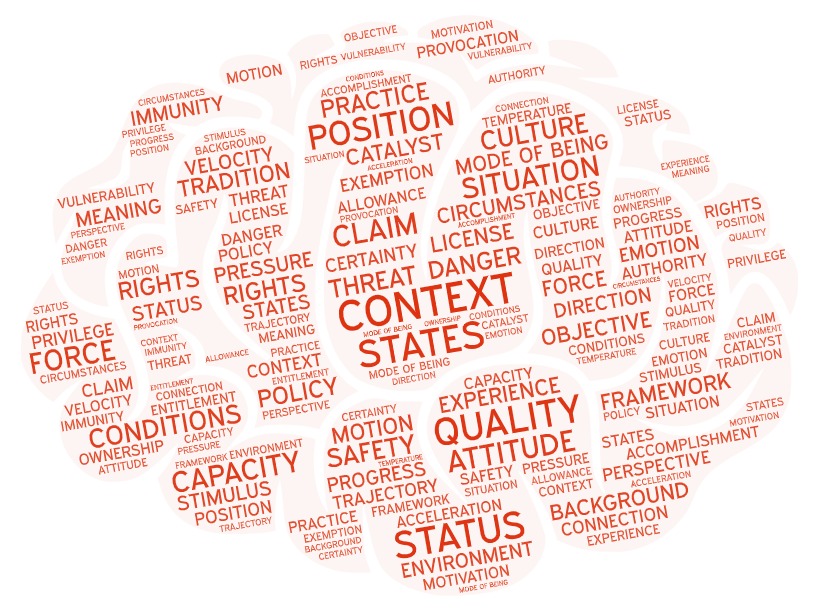
Image by Author
HSML addresses the “Who, What, When, Where, How, and Why” of any ‘thing’ in any space, both digital and/or physical.
HSML is a characterization programming language used to define, describe, and categorize distinguishable and evolving traits of any user, object, activity, or protocol in any environment, either real or virtual.
This contextual awareness allows for an entirely new way of expressing information by sharing context between various devices, combining multiple data sources, and laying the foundation for a new generation of Artificial Intelligence called, Active Inference Intelligence, that can parse information and make decisions in real time.
HSML enables computable context based on defining, recording, and tracking the changing details in physical and digital dimensions, social dimensions, meanings, culture, conditions, circumstances, and situations, whether geometrical, geo-political, or geo-social by nature.
HSML tracks location awareness (where and when), activities (how and what) and identification (who and what) by structuring all contextual elements into a universal governance graph that accurately represents correlations and interdependencies between all spatial elements at all levels of nested systems.
When we can compute how elements relate to each other, (conditions that affect use, ownership, actions, and rights), we can create a level of adaptive intelligence automation, security through geo-encoded governance, and multi-network interoperability enabling all Smart Technologies to function together within a unified system.
In order to model ‘reality’ (facts of existence), we need to be able to identify the “who, what, when, where, how, and why” of what happens to any object in space, over time. As Gabriel Rene, CEO of VERSES AI and Executive Director of Spatial Web Foundation, puts it, “Everything that we can say happened, can be defined as: [An actor] [performing an activity] [on an asset] [in space] [over time]… Something does something to something in space, over time.”
Change is a constant, so we need to be able to measure the factors that affect change. These are the elements that create context and affect the states of being of all people, places, and things. These are the HSML Modeling Elements:

Image by Permission from VERSES Technologies
Hyperspace Modeling Language (HSML) enables each of these modeling classifications to be assembled into a knowledge graph that can then distinguish the contingencies and interrelationships between these elements providing us with the information needed to identify, define, and update the state of objects in real time. This provides a framework for programming their permissions, workflows, and automations, enabling real time sharing and updating of their information within a new data network of everything, by and between all people, places, and things, across all dimensions, in and over time.
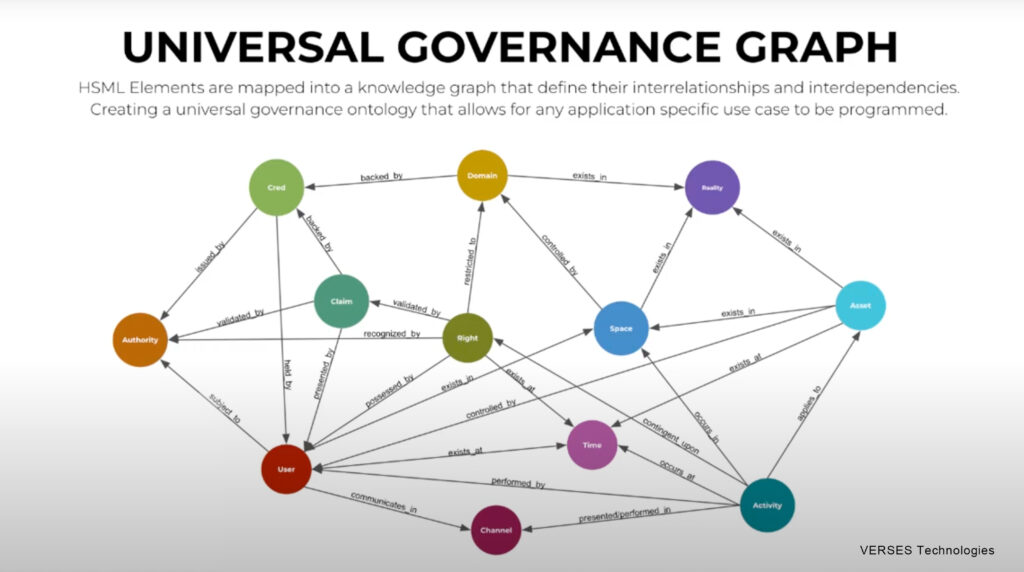
Image by Permission from VERSES Technologies
This system of modeling objects in space, over time, creates a networked system where every point of connection can be permissioned for access. Security is built into the design. Terms of access can be written into the HSML code and automatically executed, based on the permissible conditions set between contextual elements for any given situation. This enables network effects across everything imaginable and measurable, regarding all things both real and virtual, augmenting the physical plane with digital spheres, over time.
Computable context creates a new logic system and architecture for the programming and universal governance of spatial elements across all Smart Technologies. HSML enables a vast open network and interoperability between all XR (extended reality) Technologies — AR/VR, IOT and Robotics, AI and machine learning, DLT (distributed ledger technology) and EDGE computing, laying the foundation for core standards that enable seamless interoperability, control and management, while paving the way for exponential growth, global collaboration at scale, and unlimited opportunity in Web 3.0.
Special thanks to Dan Mapes and Gabriel Rene, Co-Founders, VERSES Technologies, and the Spatial Web Foundation. If you’d like to know more about The Spatial Web, I highly recommend a helpful introductory book written by Dan and Gabriel, titled, “The Spatial Web,” with a dedication “to all future generations.”
All content on this site is independently created by Denise Holt. If you enjoy this content, please consider supporting my efforts at patreon.com/SpatialWebAI

Updated - Over 150 New Entries for 2024 Q2 - Research papers, articles, videos, who to follow, and more! The…

VERSES AI has unveiled a groundbreaking framework that "sets the stage" for ASI, and could have profound implications for the…
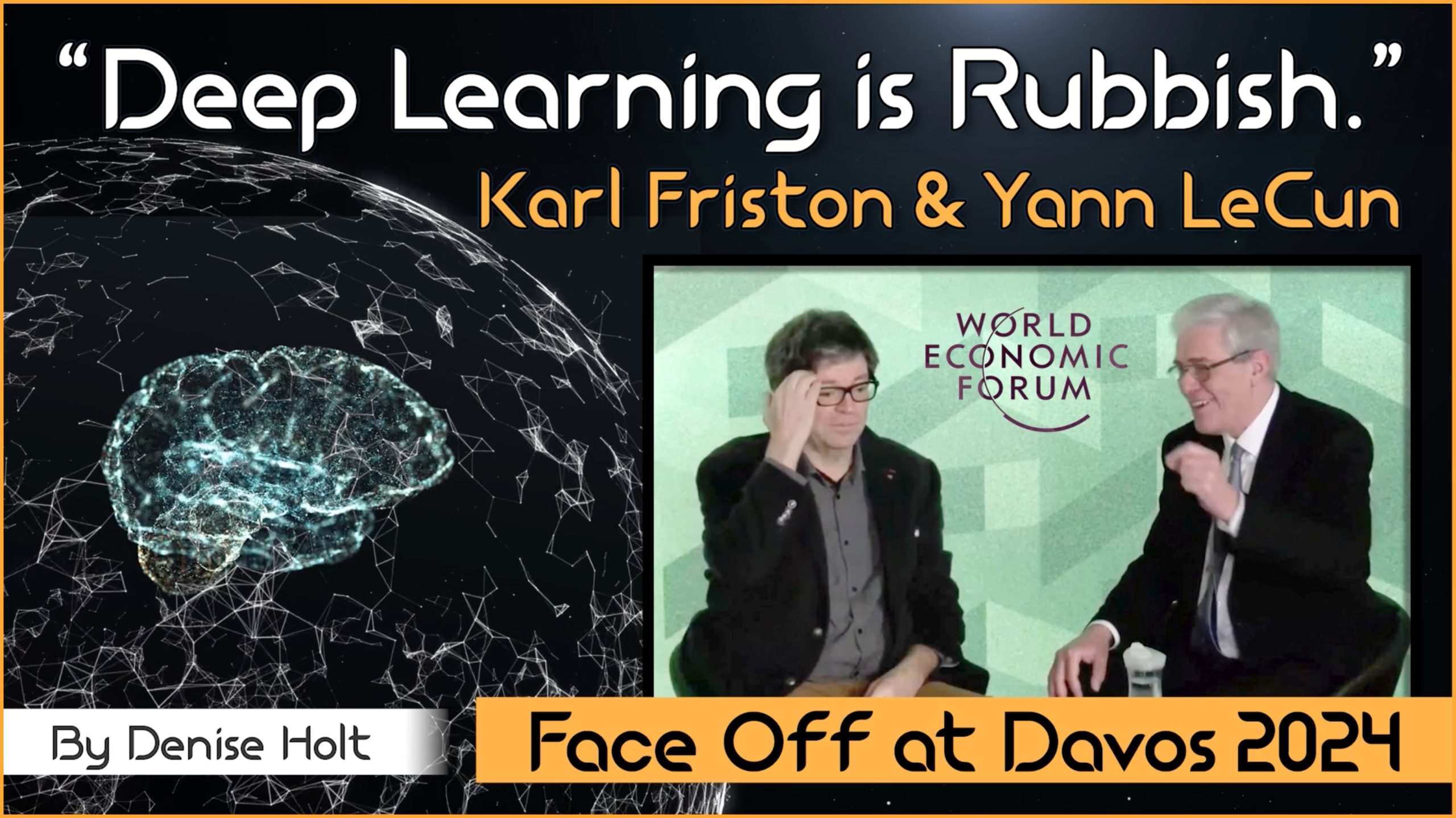
In a panel hosted by the Financial Times at the World Economic Forum in Davos, Switzerland, two of the biggest…

The Most Complete Repository of Research Links and Educational Content on the VERSES AI Technology & Active Inference AI This…

Computing is changing on every basic and fundamental level. Generative AI is one piece of that computing puzzle. It’s a…

A pivotal roundtable discussion held by the Boston Global Forum, the Active Inference Institute, and the Neuropsychiatry and Society Program…

In an unprecedented move by VERSES AI, today's announcement of a breakthrough revealing a new path to AGI based on…
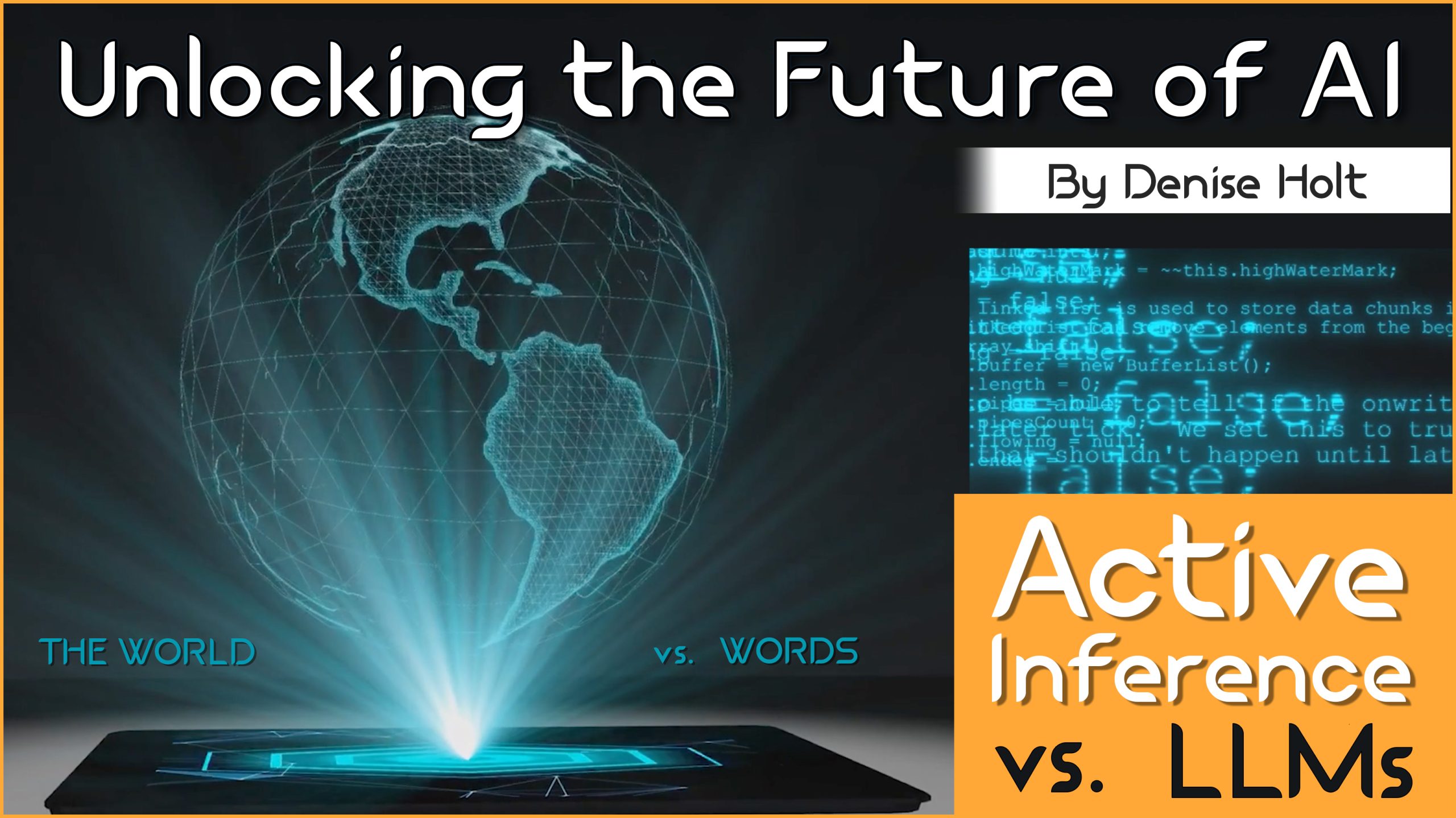
In a world where AI reigns supreme, there is a question looming among the tech elite: Are we on the…
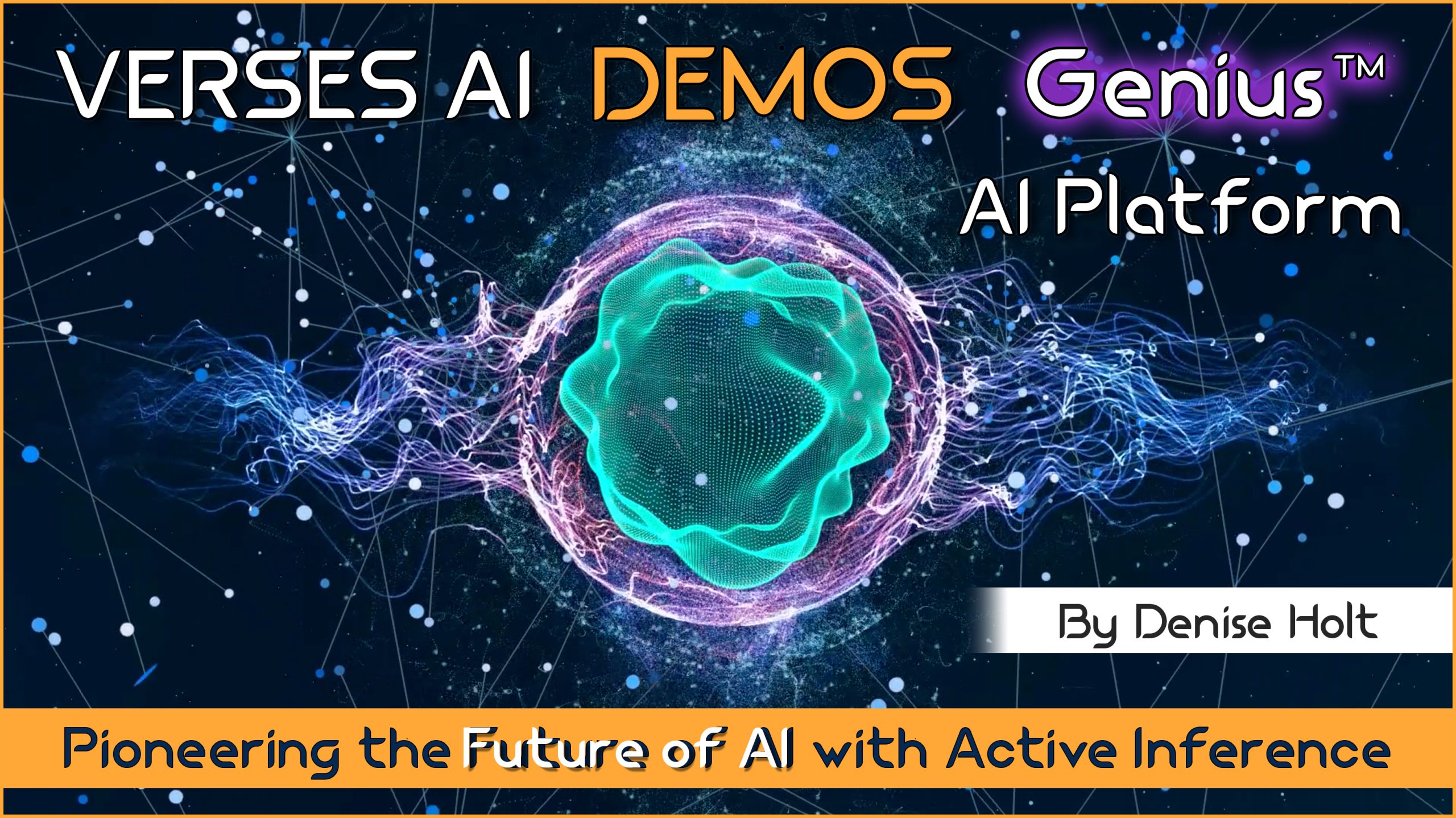
"What you're about to see is akin to, I believe, a moment like the launch of the first rocket or…